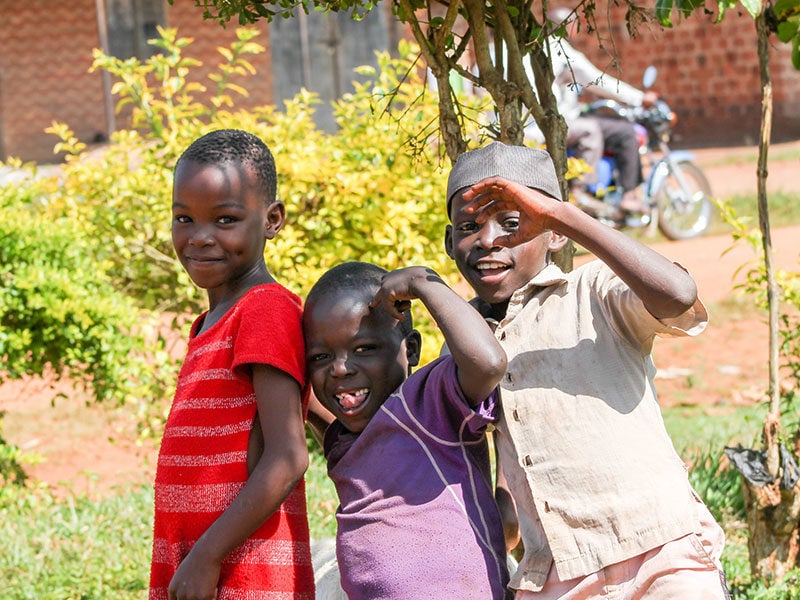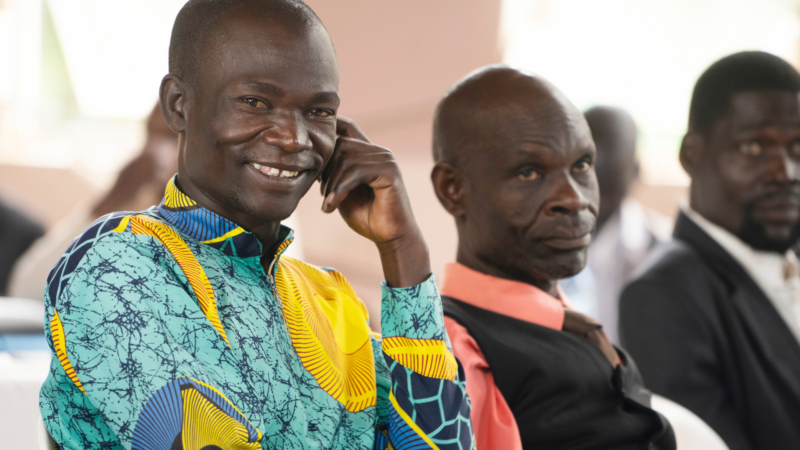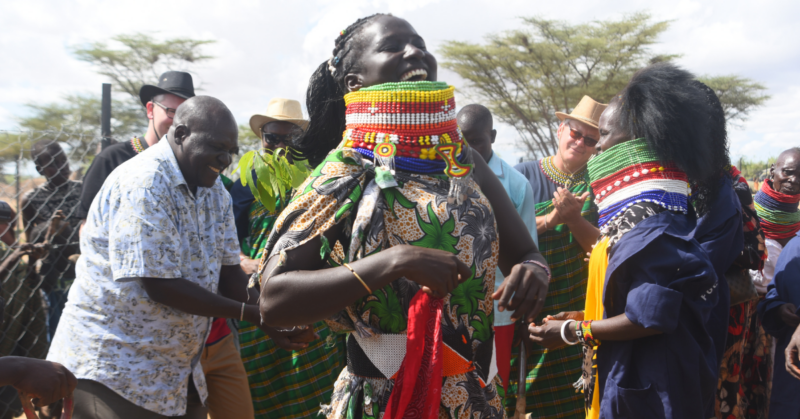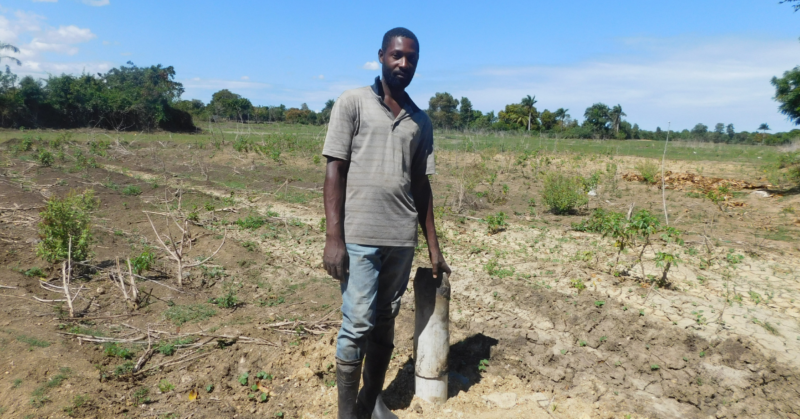Today I want to bring you into an ongoing conversation that we wrestle with in the nonprofit world: what kind of pictures should we show you, our supporters and allies?
You know that we work with the poorest of the poor, and the reality of that is sometimes hard or painful to look at. It can make us cringe to see someone who looks like they’re in pain or suffering. It can be overwhelming to look at the devastation of a natural disaster, or to see filth and rusted tin roofs as far as the eye can see in a third world slum.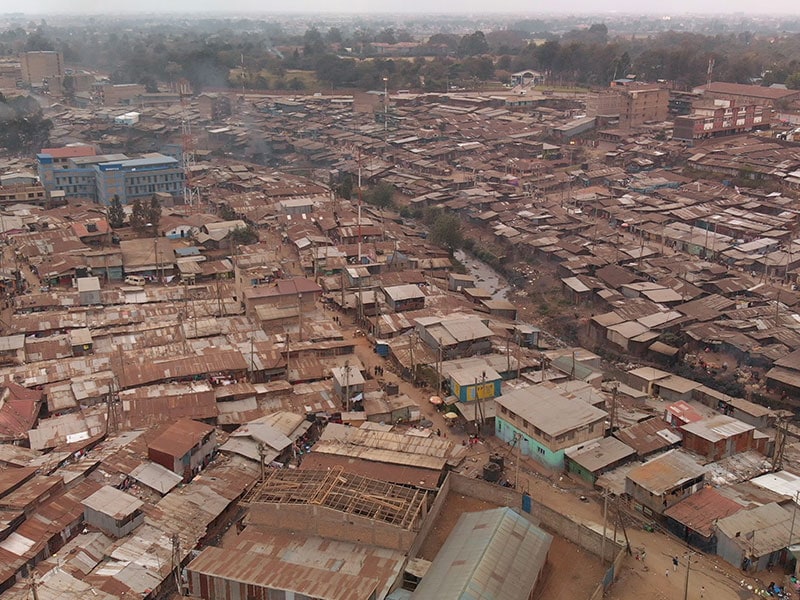
It can break your heart to look at a malnourished baby. And it should.
But how much do we, the ambassadors for the poor, the ones ministering and reaching out to them, show you? Everything I just told you is true, and even though it’s hard, and sometimes, honestly, ugly, it is important that you know the reality of the situation.
When we tell you about a community that has no clean water access, or about children who are chronically hungry, we want you to understand how serious it is, and to know that we’re not making it up or exaggerating. We want you to be stirred to act however the Lord would put it on your heart—whether that’s making a serious commitment to pray, or giving financially.
And we also know that a picture truly is worth 1,000 words. I can tell you about the poverty in the Mathare Valley slum of Kenya, or the lack of running water in rural Bolivia, but it’s rarely as impacting as a picture. A picture can convey so much in an instant.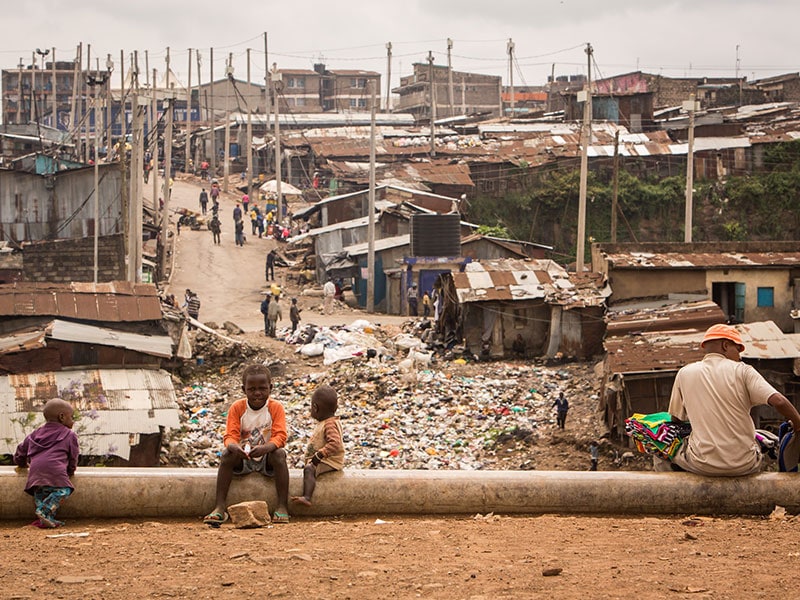
But we always have to hold that in the balance with a couple other factors. One, we never want you to feel manipulated, pressured or guilted into giving. We mean that. Think about all the pictures you’ve seen from Bright Hope, in our newsletters, emails, Facebook and Instagram. What comes to mind? I hope you say smiles. And beauty. And color. And hope.
We’re very intentional about that, do you know why? Two reasons. One: we always want to respect the dignity of every person we encounter.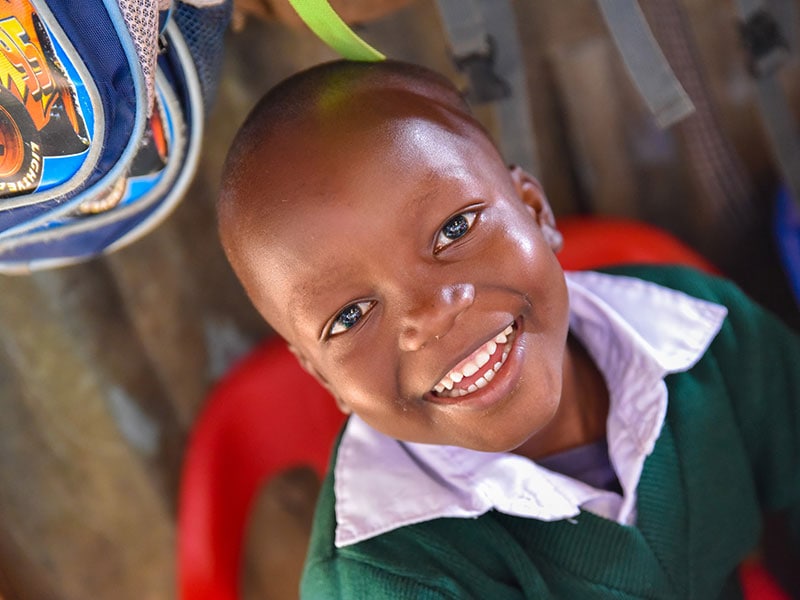
If you’re like me, when someone takes a picture of you or your home, and you know they’re going to post it on the internet for the world to see, you kinda care what that picture looks like.
You don’t want people seeing you or your home at your worst, at your lowest point, or when you’re in a situation that—maybe through no fault of your own—you’re embarrassed by or ashamed of, do you? Of course not. The same goes for the people we encounter. We don’t want them to feel like they’re an exhibit on display, and that we’re exploiting them or their poverty, taking pictures of them in a way that strips them of their dignity and benefits us.
So when I visit the communities where we work and interview people who are a part of our programs, getting permission to take photos is important to me. And I’ve been told “no” before.
And that’s okay with me.
Because I want them to know that we respect their right to privacy, and their getting help from us is not dependent on whether or not they let us write a story about them or take pictures of them.
But there’s also another reason you’ll see mostly happy and beautiful photos from us: because that is also part of the story. There is hope. And there is joy. These kids in Bolivia getting meals from us may be hungry a lot of the time and may live with a lot of hardship, but they’re also bouncy, noisy kids who are putting good food into their tummies, and they’re quick to smile and they love getting their picture taken. That is also the reality.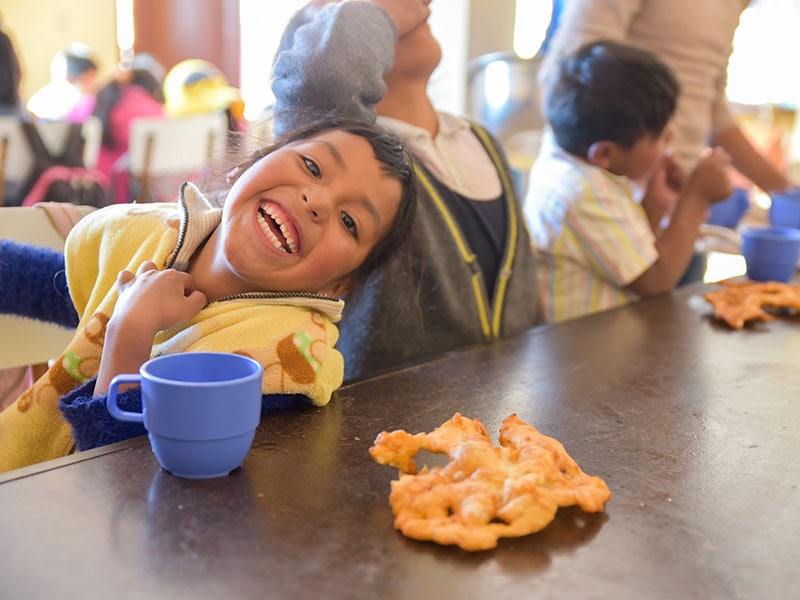
So we try to bring you a balance.
Occasionally we will show you the horrors of extreme poverty, but mostly we want you to be inspired by the life, joy, strength and beauty of these people and places that God created—from little babies to 102-year-old Perpetua in Uganda, these are people whose lives are made a little bit easier when you choose to help them. Remember that the next time you see a smiling face on our Instagram feed.

